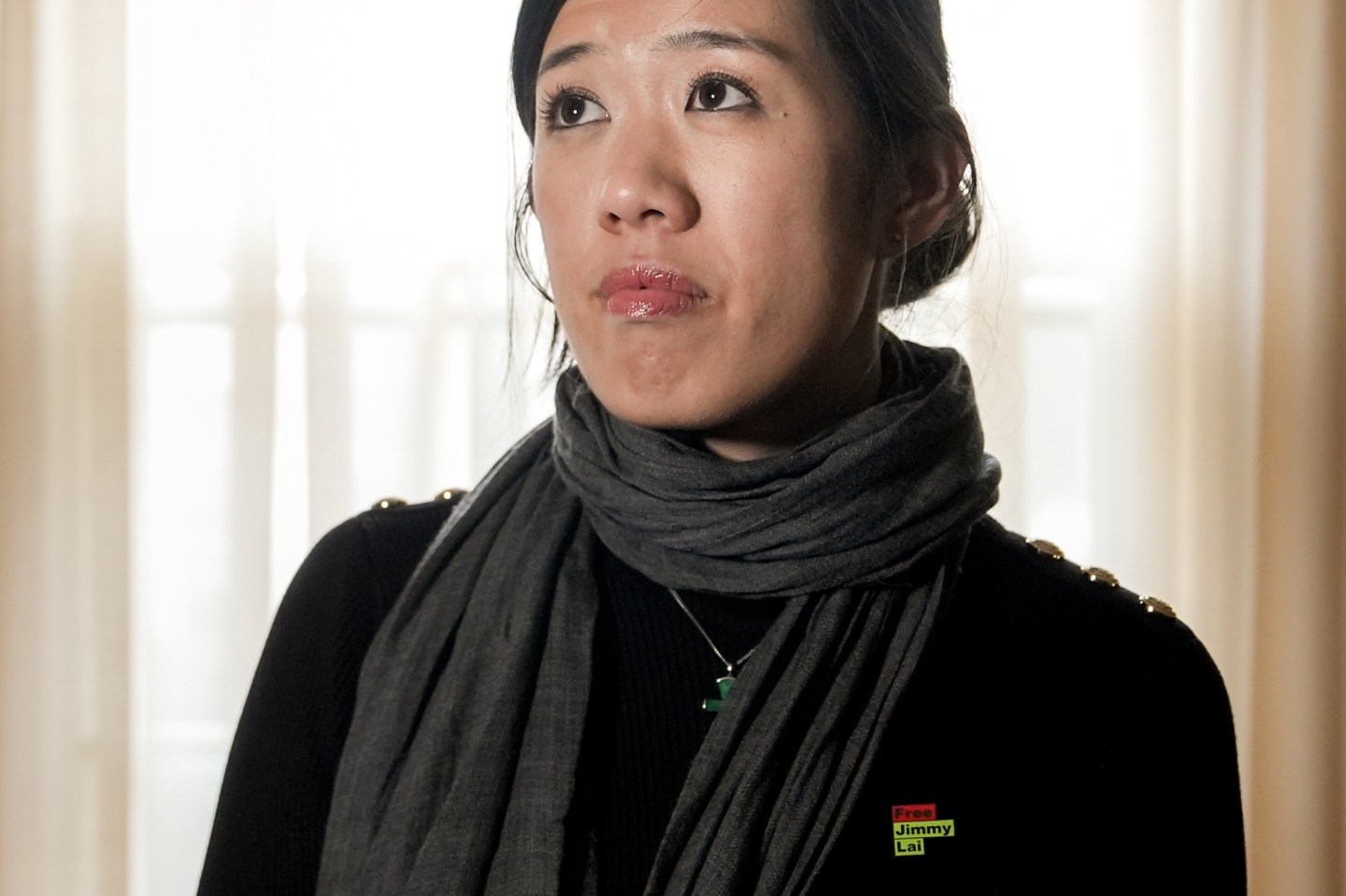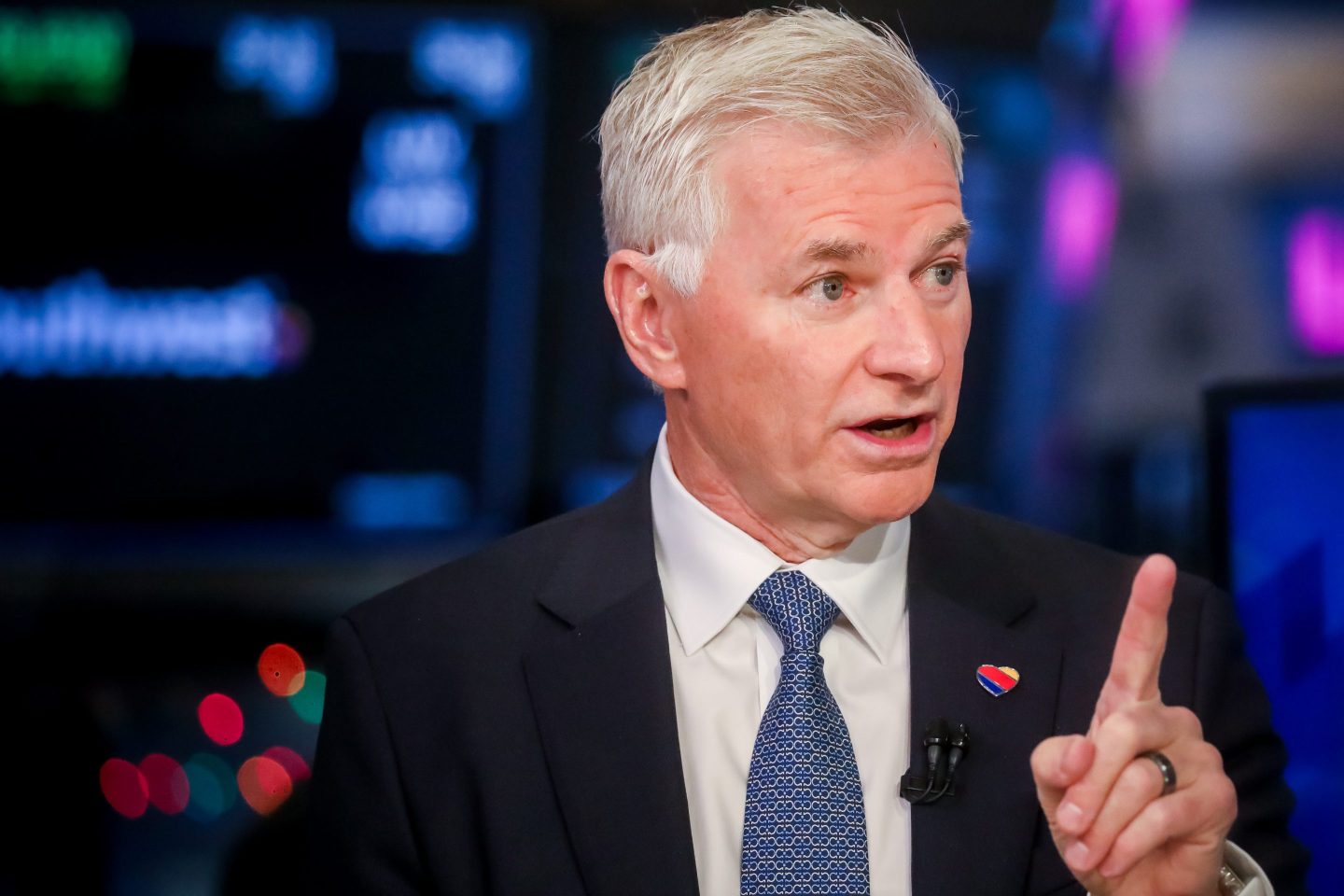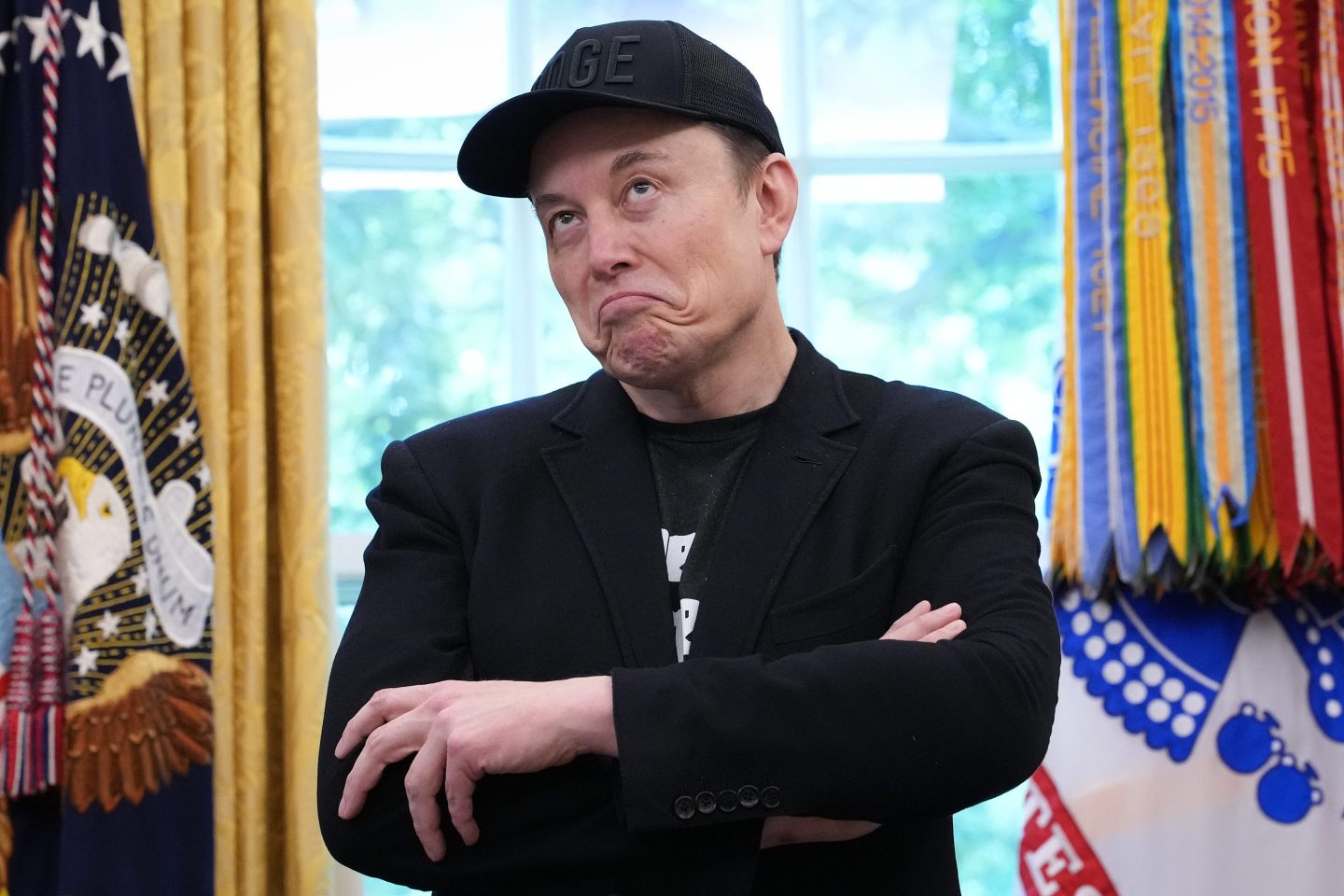Indonesia’s nickel strategy has been a “great success,” five years since it shocked the metals world by banning exports of raw nickel ore. The Southeast Asian country has the world’s largest reserves of nickel, a key metal for both stainless steel and EV batteries, and by banning ore exports, then-President Joko Widodo hoped to encourage further investment in local smelting.
Indonesia exported just under $8 billion worth of nickel and its derivatives last year, making up 3.2% of the country’s total exports. That’s up from around $800 million in 2020.
“It’s been a great success,” Jim Lennon, managing director of commodities strategy at Macquarie Group, says. “I don’t think there’s any doubt that it works.”
Yet Indonesia may now be grappling with the consequences of its own success. After helping push out the competition, local smelters are now fighting to stay afloat. At least one of Indonesia’s larger smelters is delaying payments to suppliers and may be close to shutting down, Bloomberg reports.
The price of nickel contracts on the London Metal Exchange (LME) is currently at about $15,000 a ton. That’s down from the highs of over $40,000 seen in 2022.
“It’s kind of a break-even operation now [for Indonesia],” Lennon said, adding that some of its smelters may even be losing money.
In a recent report, Macquarie warned that Indonesia had “overcapacity in all the processing stages of nickel.”
Nickel glut
Other nickel markets were grappling with Indonesian production just a few years ago.
Indonesia’s nickel boom, fueled by South Korean and predominantly Chinese investments, helped alter the market and made Indonesia a dominant player.
Market pressures have led to layoffs in New Caledonia, a French territory in the Pacific. The country is estimated to have the world’s fifth largest nickel reserves. The French government has also paid out more than 100 million euros ($104.8 million) by the end of last July to fund short-term unemployment.
Price pressures have also led to Australia’s BHP, one of the world’s leading mining companies, suspending domestic nickel operations. The company said the suspension was the result of an “oversupply in the global nickel market.”
“Forward consensus nickel prices over the next half of the decade have fallen sharply reflecting strong growth of alternative low-cost nickel supply,” the company wrote in July.
Indonesia’s nickel bet
But despite signs of recent struggles in Indonesia, the country has arguably benefited from an aggressive “downstreaming” policy that politicians banked on to jump-start Indonesia’s manufacturing sector.
Nickel is used to manufacture both stainless steel and batteries. Indonesia has the world’s largest reserves of nickel, allowing it to guide the global market for the commodity.
Investment from South Korean and Chinese companies fostered infrastructure development and local employment. In mid-February, Goldman Sachs estimated Indonesia’s downstreaming policy could increase exports as a share of GDP by 0.3 to 2.5 percentage points by 2030, compared with 2024 levels. The investment bank’s more “bullish” estimate suggests that growth could be as high as 2.5 percentage points.
Indonesia now plans to expand its downstreaming strategy to cover dozens of other commodities, including non-metal products like palm oil and seaweed. And other countries in the region are now trying to study Jakarta’s playbook. Last month, the Philippine Congress passed a bill to ban ore exports and encourage more downstream investments.
“Nowhere in the world can replace Indonesia,” Lennon says. He points out that the Philippines, the world’s second-largest producer of nickel, has a lower grade of nickel than its larger Southeast Asian neighbor.
‘Tempered’ ambitions
Yet Indonesia’s ambitions risk being “tempered,” analysts suggest. Changes in EV technology could end up slowing down the world’s ravenous demand for this key metal.
The nickel playbook may also prove less effective for other commodities. “Nickel is likely an exception, not the norm,” Goldman Sachs wrote in mid-February.
Sunny Liu, an economist at Oxford Economics, argues that three conditions made Indonesia’s nickel plan a success: Indonesia’s abundant reserves; strong demand for nickel as a result of the green energy transition; and limited substitution effects owing to a lack of cheaper alternatives. Without these three things, she warns, a similar “downstreaming” strategy could lead to protectionist retaliation.
In addition to high global demand and large reserves, Indonesian nickel also benefits from being much more valuable—potentially as much as eight times more, according to Goldman Sachs—once processed. Other commodities don’t have that advantage.
Battery changes
There’s also a longer-term threat to Indonesia’s bet on nickel.
Nickel is a vital component of the most common type of battery, the lithium nickel manganese cobalt oxide battery, or Li-NMC for short.
Yet Chinese manufacturers like BYD are instead embracing lithium iron phosphate (LFP) batteries, which are safer and faster to charge, though have a smaller range. Chinese companies are also exploring another kind of battery that relies on sodium rather than lithium.
Nickel-free batteries may now even be cheaper than nickel batteries, Lennon says. He estimates that slightly under half of EVs now use nickel batteries, down from 70% previously.
Demand is still strong, even if Jakarta’s ambitions are being “tempered,” Lennon says. “The market’s still doubling, but it’s not tripling.”











